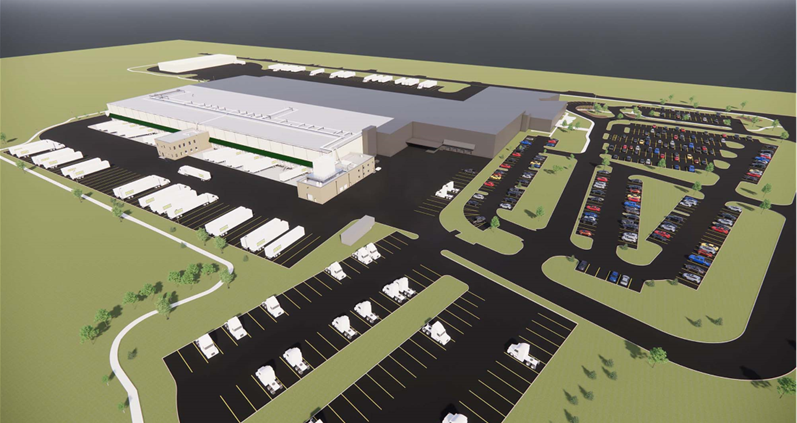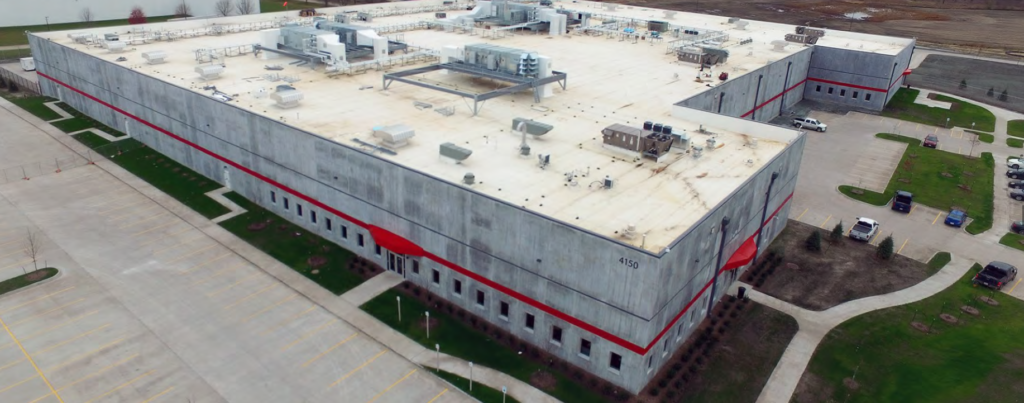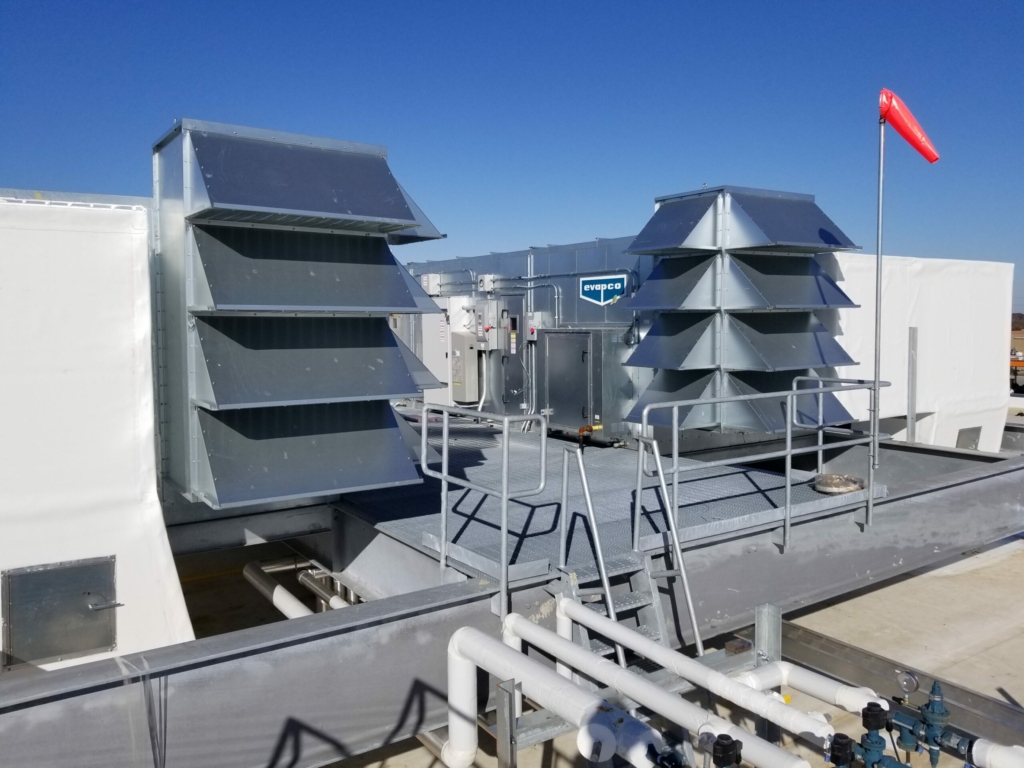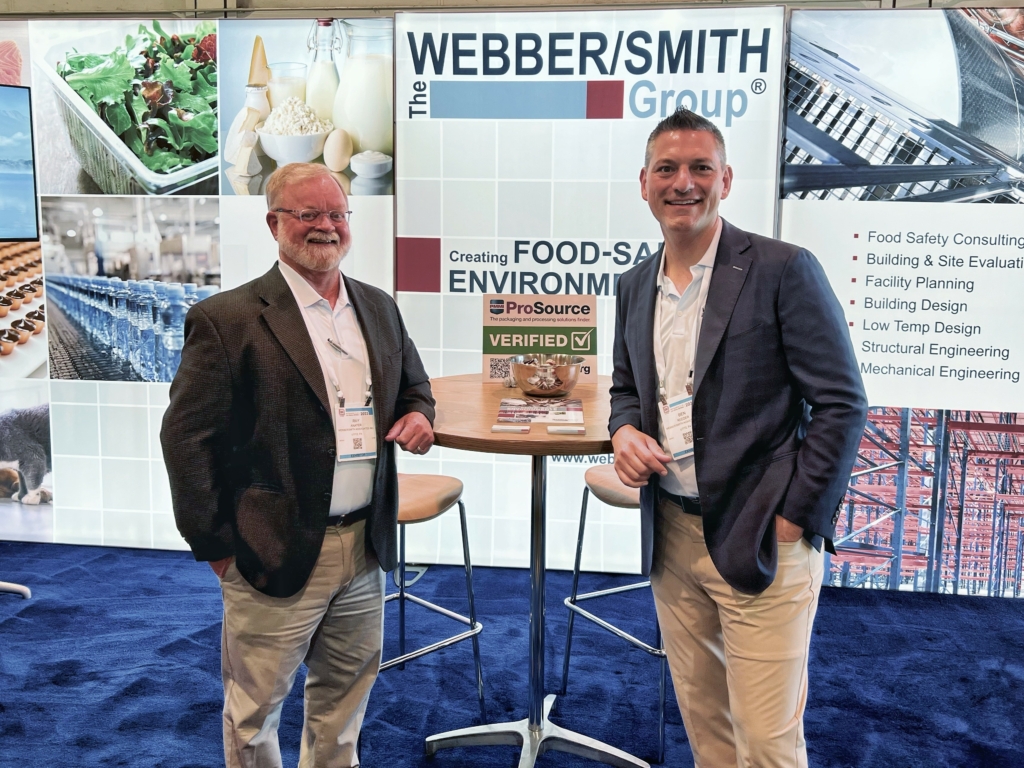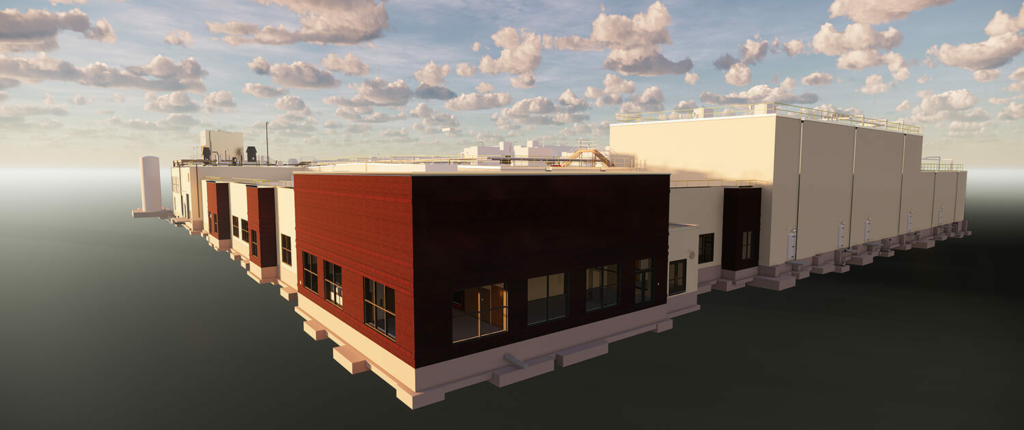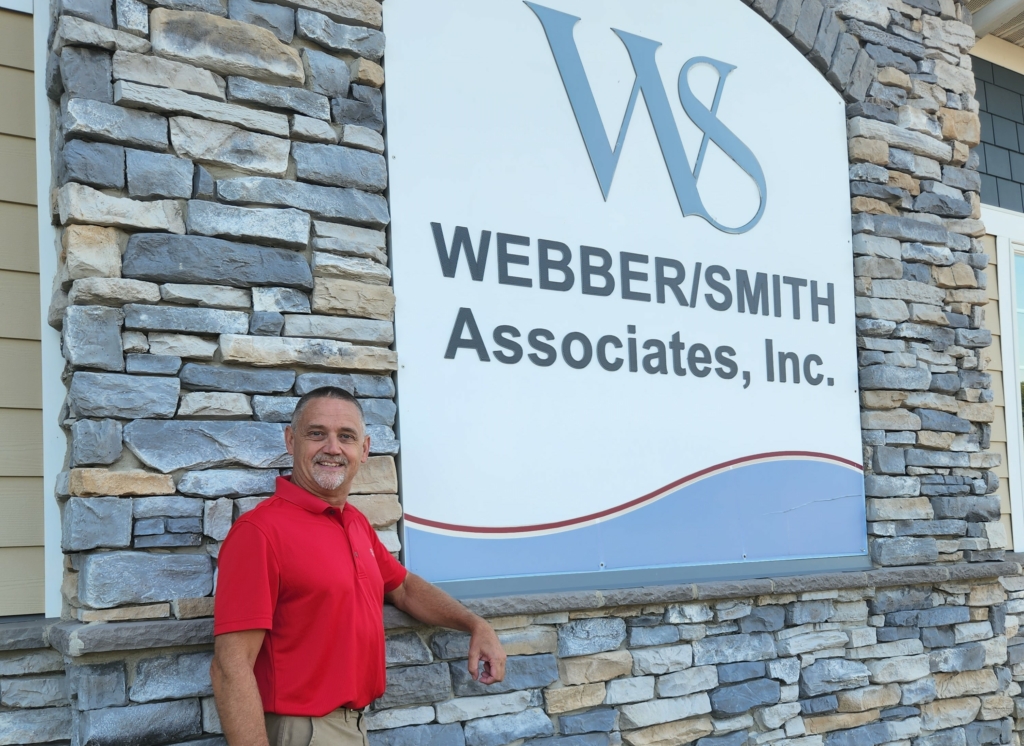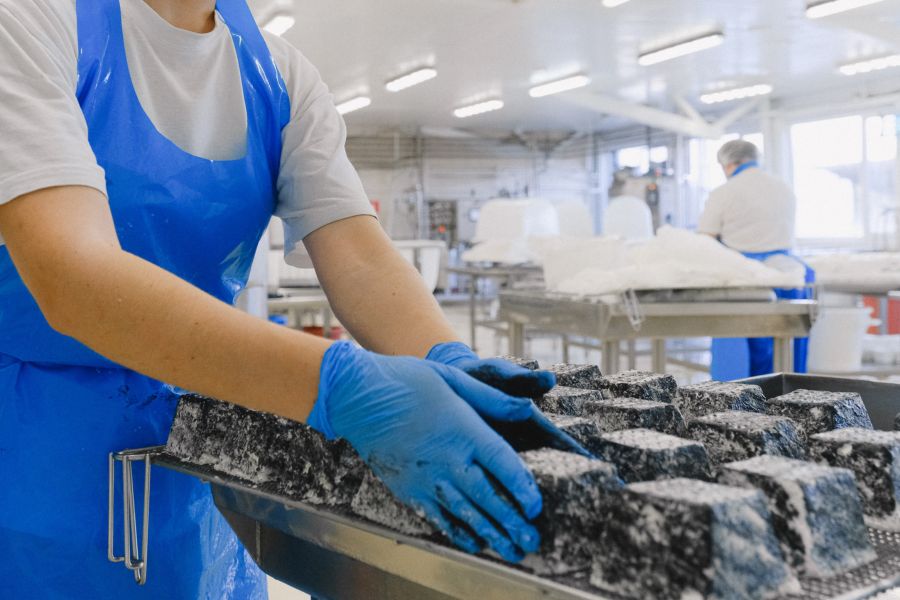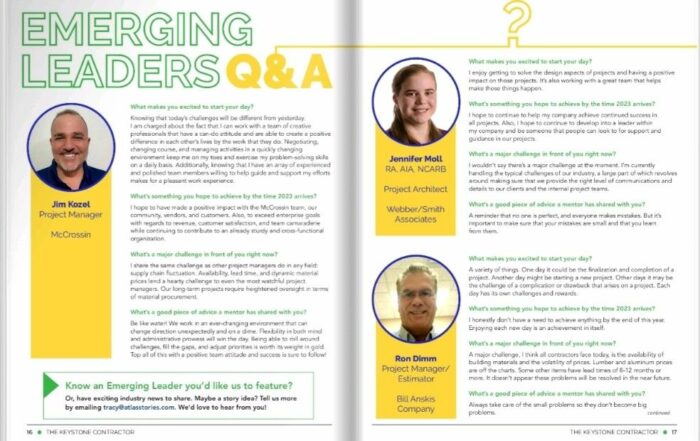An Integral Part of Engineering Leadership
As President and CEO of WEBBER/SMITH Associates, Inc., Keith Shollenberger, P.E., brings a hands-on, team-oriented approach to the field of design-build engineering. His 38 years in facility design and project management reflect a commitment not just to leading projects, but to working alongside his team to blend engineering excellence with client satisfaction.
Educational and Professional Background
Keith, holding a B.S. in Structural Design and Construction Engineering Technology from The Pennsylvania State University and an M.B.A. from Saint Joseph’s University, credits his education for shaping his professional approach. His progression from a structural engineer to leading WEBBER/SMITH is a journey marked by hard work and a dedication to learning.
Effective Project Management
“Separating design from management in our projects ensures clarity and focus,” explains Keith. This method, honed during his management of significant projects, including those early in his career, is key to WEBBER/SMITH’s efficient operations. It reflects Keith’s commitment to proactive project management to enhance the quality of engineering work.

Building Client Relationships
“Adapting to various project sizes is essential for maintaining strong client relationships,” says Keith. This adaptability, combined with a focus on customer relations, helps WEBBER/SMITH meet the varying demands of the food manufacturing and distribution industry, handling everything from consultations to major projects.
Focus on Cost-Effectiveness and Operational Efficiency
For Keith and his team, efficiency is essential. “Our project managers do more than oversee the technical side; they ensure each project is cost-effective and operationally efficient,” he notes. This emphasis is vital for maintaining the firm’s competitive edge and effectiveness in its deliverables.
Fostering a Team-Based Company Culture
Keith is proud of the company’s culture, which is rooted in teamwork, preparedness, and accountability. “Our team members’ long tenure is a testament to the positive, collaborative environment at WEBBER/SMITH,” he remarks. This atmosphere is key to fostering innovation and excellence in engineering.
Addressing Design-Build Challenges
As an independent firm, WEBBER/SMITH encounters unique design-build challenges. Keith’s strategic, adaptable approach is central to these challenges. “Our independence allows us flexibility with contractors, adapting our methods to specific project needs,” he explains. This adaptability is crucial in the dynamic field of design-build engineering.
Understanding Client Needs and Industry Expectations
“In engineering, it’s about understanding client needs and managing expectations,” Keith points out. Striking this balance is crucial for shaping client perceptions and ensuring successful project outcomes.
Building a Collaborative Future
Under Keith Shollenberger’s stewardship, WEBBER/SMITH emphasizes hands-on management, effective project management, and strong client relationships, along with team development. His leadership is guiding the firm towards a future where teamwork and innovation are at the forefront of design-build engineering.”
Keith Makes Sure We Know: It’s All about the Team
In addition to Keith Shollenberger’s leadership, WEBBER/SMITH Associates, Inc. thrives under the guidance of other key leaders who share the same values and vision for the company. This shared commitment to excellence, innovation, and teamwork is evident in the work of Stephan Shaub, Jim Depew, and Drew Blank, each bringing their unique expertise and experience to the firm.
Stephan Shaub, as the Senior Refrigeration Systems Specialist and Principal, leads the Refrigeration Department with over 40 years of experience. His deep understanding of refrigeration systems, floor warming systems, and refrigeration control systems, along with his involvement in OSHA’s Process Safety Management and the EPA’s Risk Management Program, brings a level of technical proficiency and industry leadership that complements the firm’s vision. Shaub’s role in educating and training clients in ammonia and PSM standards further underscores the company’s commitment to client service and technical excellence.
Jim Depew and Drew Blank, serving as Vice President of Engineering and Vice President of Project Management respectively, also embody the firm’s ethos. Depew’s 34 years of experience in mechanical system design and project administration, and Blank’s two decades of expertise in project management and engineering, represent the depth and breadth of knowledge within WEBBER/SMITH. Their hands-on approach to overseeing design activities and managing projects aligns seamlessly with the company’s focus on collaborative, innovative solutions that meet client needs.
Together, these leaders form a cohesive unit that upholds the company’s values of teamwork, innovation, and a client-centered approach. Their collective experience and leadership ensure that WEBBER/SMITH remains at the forefront of design-build engineering, setting a standard for excellence and collaboration in the industry.
Join Our Journey: Collaborate with WEBBER/SMITH for Innovative Engineering Solutions
As WEBBER/SMITH Associates, Inc. continues to lead in design-build engineering, we invite you to join our journey towards innovative, efficient, and client-focused solutions. Whether you’re seeking expert guidance in refrigeration systems, mechanical design, or comprehensive project management, our team is ready to collaborate and bring your vision to life. Connect with us to explore how our blend of experience, innovation, and teamwork can make a significant difference in your next project. Let’s build the future together.

